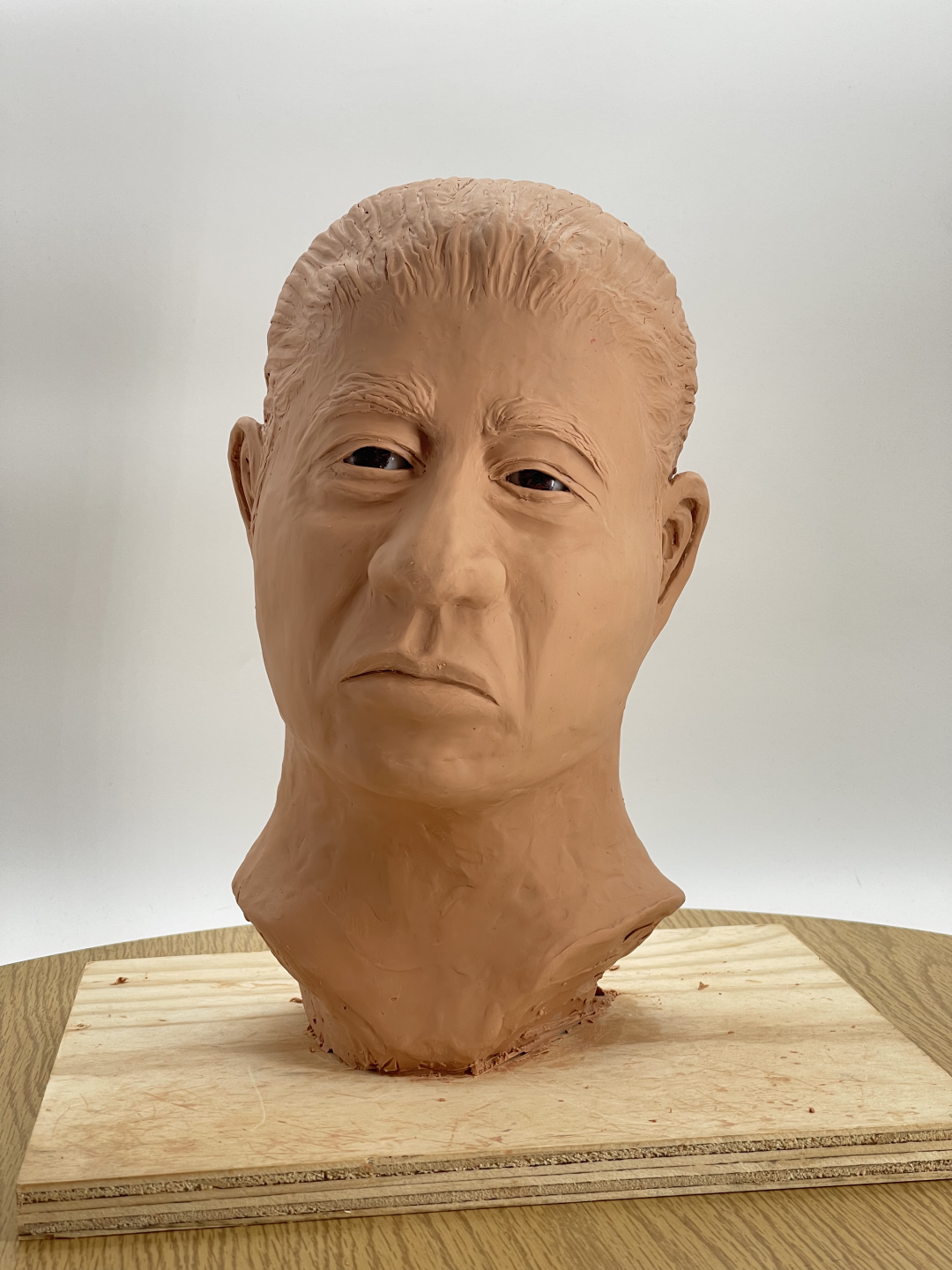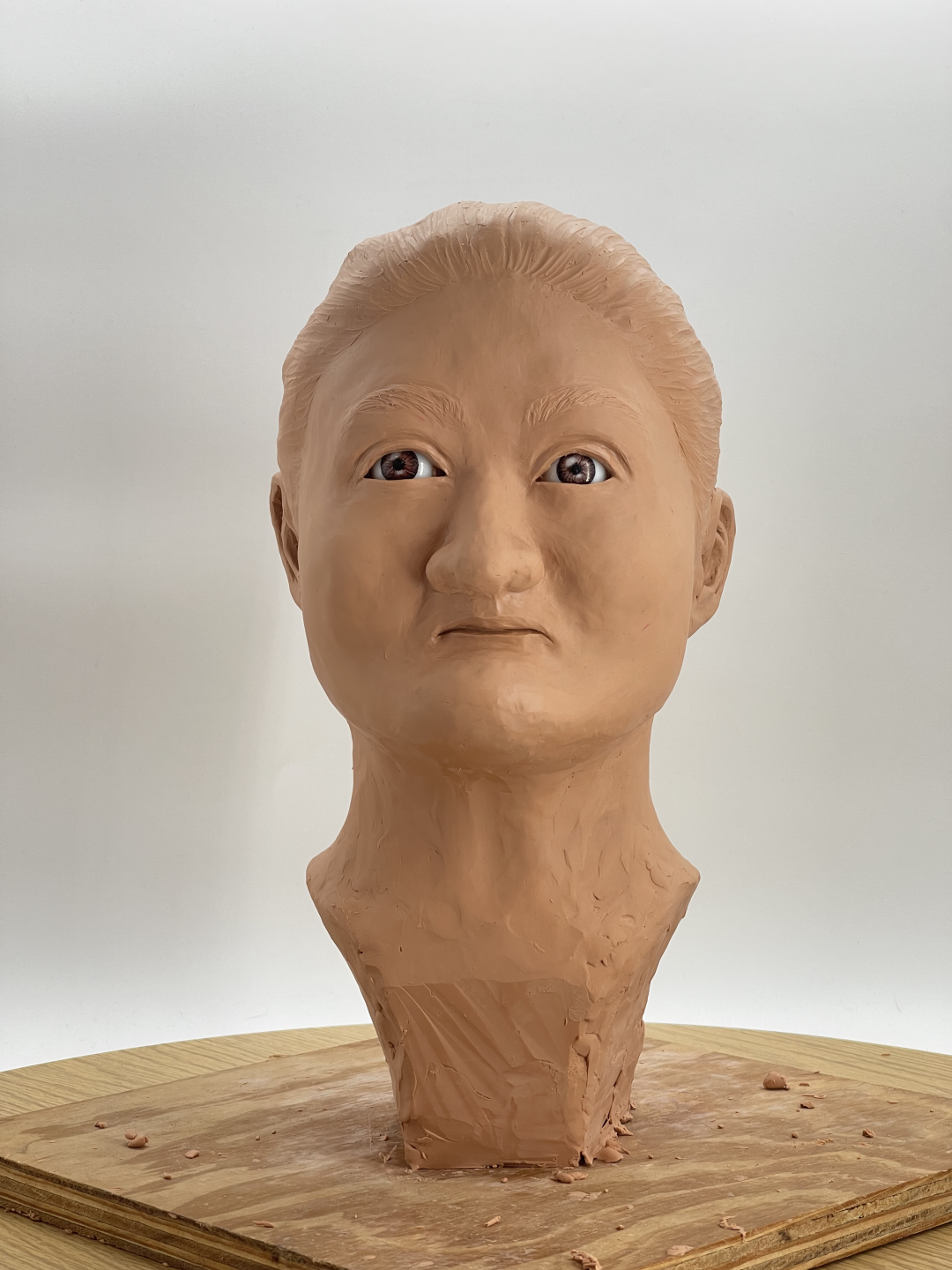SARASOTA, Fla. — Behind every face and every action, there's a name. The search for those names is where the journey begins.
Fox 4's Senior Reporter Kaitlin Knapp is on a mission to get to know the names we know, and perhaps find the ones we don't, along with the detectives working in the same communities you call home.
In Fox 4's new series called "Sunshine Crimes," we are going across southwest Florida to tell the stories of people waiting for justice.
Not every case we tell are necessarily crimes. Some are people that have been found, but have no name. The students at Ringling College of Art and Design in Sarasota are trying to put a name to the face.
Students sculpted a facial approximation — a person — based on 3D images from unidentified skulls at the District 21 Medical Examiner's Office in Fort Myers. There are 12 cases, and six are considered active.
SUNSHINE CRIMES: Who you know could help solve Southwest Florida's coldest cases
However, there are another six considered "frozen," meaning the possibility of identifying them is slim. For the man on a mission to identify every skull sitting on a shelf at a Medical Examiner's Office, it doesn't mean it's impossible.
"The skull is the story," said Joe Mullins. "These are individuals, we don't know who they are."
For the past 25 years, Mullins has been a forensic imaging specialist at the National Center for Missing and Exploited Children. He's using his experience and drive to teach students how to create a sculpture based on a skull and details from the Medical Examiner's Office.
Six cases split among the students are considered active cases. However, five are considered frozen, or what the Medical Examiner's Office calls "forensically insignificant."
"It has very, very slim possibility off this case getting resolved, this person getting their identity back," he said.
They are considered "frozen" because law enforcement has exhausted every resource to try and identify them.
Mullins says it's a term he's never heard of.
"That's chilled me to the core," he said. "It's unacceptable to me...they are significant to me, and they are now significant to everybody that's sitting behind us."
Like the other cases, there's a description about the "frozen" cases based on the skulls. However, those details are less than the active cases.



His height, hair and eye color are not known. Deputies found him in Lehigh Acres on August 9, 2007. The ME's Office believes he died several years to decades ago.



"We just need one person to see one of these facial approximations," Mullins said. "They were born with a name, they deserve to die with one."
If you recognize any of the faces, you're asked to call that specific law enforcement agency.









